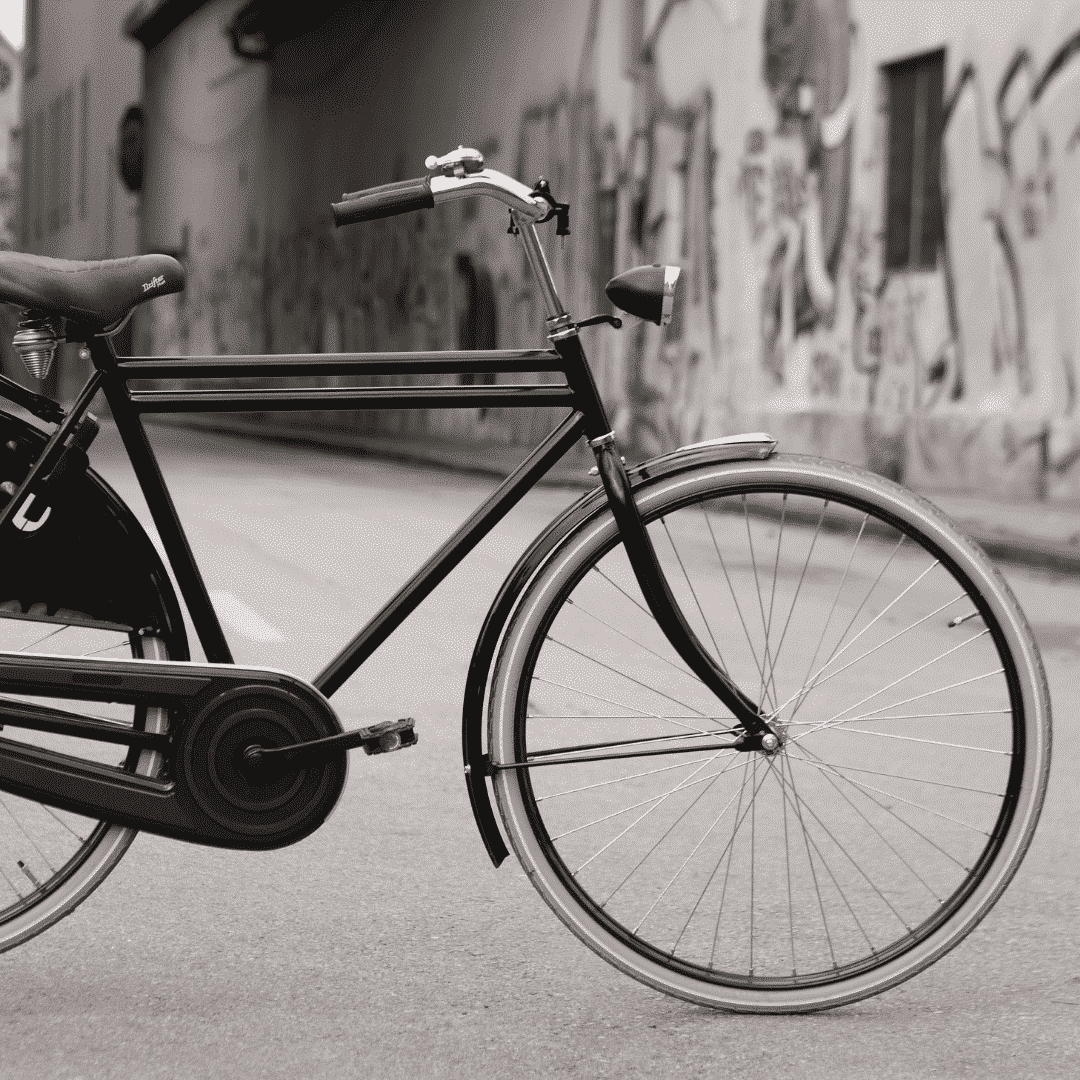Is it better to spend or to save? Would you rather have some fun right now, or the possibility to have even more fun in the future?
When the questions arises, “What should I do with my paycheck?”, I think about utility vs. interest.
In short, utility is the value that you give to something that can be used (or utilized. Get it?). That sweet new road bike that you want has utility. Sure, it has a cost—let’s say $500. But what about the value of riding it to work every day? How about the value of using it to run errands, take leisure rides, and help the environment? The US government believes that one mile of driving a car is reimbursable at 54.5 cents, and a cool analysis my Mr. Money Moustache maintains that a frugal driver could get as low as ~20 cents, but realistically would be around ~30 cents per mile. The costs of riding a bike are miniscule in comparison. Perhaps a few hours and <$100 per year of maintenance? If you average 40 miles a week on it, you could be getting upwards of $500 of utility every year, not to mention to benefits of working out, fresh air, etc. The real point here is that spending your money can be a good thing, especially if that spending provides you with utility.

In fact, having some utility is vitally important! If you’re a homeowner and your furnace craps out tonight, you need to replace it ASAP. If you break your arm and insurance only covers 80% of the costs, you need to cover that 20% gap. Or perhaps you need to replace the brakes on your car? Or pay that parking ticket? Having liquid cash on hand for the sake of utility is an extremely important security blanket. This is the reason why many financial gurus suggest that your first financial priority should always be to BUILD UP YOUR EMERGENCY FUND! This provides utility to cover the unpredictable and unforeseen expenses that you might have in your life.
But once you’ve covered your butt by building your emergency fund, you could invest extra money. Rather than take it as part of your paycheck, maybe you should sock it away in a 401(k). We get a couple awesome benefits right off the bat; 401ks use pre-tax dollars, and oftentimes our employers will give us some sort of matching (aka FREE MONEY!!!). Let’s assume a 20% income tax rate (combining federal and state taxes). That means the $500 post-tax road bike comes from $500/(100%-20%) = $625 pre-tax dollars. And then there’s our employer match. Every employer is different, but mine will match 50% of what the employee puts in, up to 6% of the employee’s salary. In short, if I put in $625 dollars from one paycheck, my employer will add in another ~$200 or so. To summarize: rather than spending $500 on the bike, I could put $825 away in my 401k.
The problem, though, is that the $825 has no immediate utility. If you try to withdraw from your 401(k) before age 59 ½ (retirement), then the government will penalize you. The government’s deal with 401(k) is, “We’ll let you put away money before paying any taxes in order to invest in the stock market. Money that you would have lost to tax—money that normally you wouldn’t have!—is instead growing in your name. But if you try to access those funds early, we’ll penalize you.” Because of that 59 ½ threshold, money that you put away in your 401(k) today has no utility to you right now.

However, 401(k) money often gets placed in the stock market, and history has told us that—over the long haul—it’s a great investment. As of this writing, I’m 28 years old (28 ½, actually), so I have exactly 31 years until I can access my 401(k) money. If I put in $825 today, it would grow (I hope!) for the next 31 years. Sure, the stock market has its ups and down, but 7% is often cited as an average rate of return. If I put in a dollar today, a year from now (on average) I’d have $1.07. A year later, I’d have $1.07 times another 7% growth, or $1.1449. Another year, $1.1449*1.07 = $1.225. I’m not just making 7 cents per year, but rather I’m making 7% on top of my previous years’ gains. It’s not multiplication of years, but rather an exponential growth year-over-year. I’m making 1.07(# of YEARS).
Let’s use the average rate of return to look at my 31 year investment. 1.0731 = 8.15. Every dollar I invest today will turn into, on average, $8.15 in 2049. That $825 I put away instead of getting the $500 bike, that will turn into $825*8.15 = $6724. One important point: I’ll still have to pay taxes on that money when it comes out of my 401k; my 401k is paying me, just like income. So, the $6724*(100%-20% income tax rate) is actually is more like $5380.
What about inflation though?! Good question, and a very fair question. Just like your Dad bought his first car brand new for $1800, a dollar today ain’t worth what it was 30 years ago, and is worth considerably more than what it will be worth 30 years from now. Again citing average rates, most people use 3% to calculate inflation. So, those 31 years of inflation mean that $1 of goods today will cost (on average) 1.0331 = $2.50 in 2049. Everything then will be about 2.5x more expensive than it is now. Since I’m looking at the bike in today’s dollars, I should look at my 401(k) gains in today’s dollars: $5380/2.50 = $2152. The Utility vs. Interest debate (in my personal case) really comes down to this: would I rather have $500 today, or $2152 (of today’s value) in 31 years?
I kind of want both–I mean, who doesn’t? My personal goal for 2019 is to maximize my 401(k) and Roth IRA, putting in as much money as the government will allow. For me, that’s $18,500 in the 401(k) and $5500 in the Roth IRA. But I’m trying to set up my budget is such a way that I still have some liquid funds (i.e. cash in the bank) in order to do the things I want to do right now. I don’t want to maximize my interest potential while completely sacrificing utility. I’m not going to actively sabotage my current life in order to live like a king when I’m old and stiff. Granted, I won’t be able to drop $3000 on a trip to Hawaii in 2019. Heck, I’d have to plan a couple months of frugal spending in order to buy a $500 road bike. But the essentials—my emergency fund, my mortgage, my bills—are all covered, and there’s a good amount leftover for some fun times.
But that original question I posed…I still have more answers for it. To be continued…
Pingback: Utility vs. Interest, Part II – The Best Interest
Pingback: Temet Nosce: Re-wire your “Buy That!” brain – The Best Interest
Pingback: Slacking Off – The Best Interest
Pingback: Temet Nosce: know yourself. Learn and re-wire your "BUY THAT!" brain